African Cichlid: Everything You Need to Know!

African cichlids stand as captivating jewels within the realm of aquarium keeping, cherished for their vibrant hues and intriguing behaviors. Originating from the rift lakes of Africa, including Lake Malawi, Lake Tanganyika, and Lake Victoria, these fish have garnered immense popularity among aquarists worldwide. Renowned for their diverse colors, patterns, and striking personalities, African cichlids add a dynamic flair to any aquarium setting. Whether it’s the dazzling electric blues of Peacock cichlids or the intricate markings of Mbuna, these fish offer enthusiasts a glimpse into the mesmerizing world of freshwater ecosystems. In this comprehensive guide, we delve into everything you need to know about African cichlids, from their natural habitats to aquarium care and breeding intricacies.
Overview of African Cichlids
History and Origin
African cichlids boast a rich evolutionary history, dating back millions of years to the ancient rift lakes of Africa. These lakes, including Lake Malawi, Lake Tanganyika, and Lake Victoria, served as the cradle of diversity for these captivating fish species. Over time, natural selection has sculpted an astonishing array of cichlid species, each adapted to its unique ecological niche within these dynamic aquatic environments.

Habitat and Distribution
African cichlids are predominantly found in the rift lakes of East Africa, where they inhabit a diverse range of habitats ranging from rocky shores to sandy bottoms and open waters. Lake Malawi, known for its crystal-clear waters and abundant rocky outcrops, harbors a vast array of cichlid species, including the colorful Mbuna and Peacock cichlids. Similarly, Lake Tanganyika’s deep waters host an impressive diversity of cichlid species, renowned for their intricate social behaviors and specialized feeding strategies. In Lake Victoria, the third-largest freshwater lake in the world, cichlids have adapted to a variety of habitats, from shallow waters to dense vegetation, showcasing remarkable ecological resilience.
Vibrant Colors and Varied Patterns
One of the most striking features of African cichlids is their vibrant coloration and intricate patterns, which serve a dual purpose of camouflage and species recognition. From the electric blues and fiery oranges of Peacock cichlids to the bold stripes and spots of Mbuna, each species exhibits its own unique palette of hues. These vivid colors not only enhance the visual appeal of aquariums but also play a crucial role in social signaling and mate selection among cichlids.

Fascinating Behaviors
African cichlids are renowned for their complex social behaviors and territorial instincts, which reflect their highly evolved social structures in the wild. From elaborate courtship displays to hierarchical dominance hierarchies, these fish exhibit a wide range of fascinating behaviors that captivate aquarists and researchers alike. Additionally, African cichlids are known for their specialized feeding techniques, including scraping algae off rocks, sifting through sand for invertebrates, and hunting prey in open waters, showcasing their remarkable adaptability and ecological diversity.
Types of African Cichlids
Classification Based on Natural Habitat
- Rock-Dwellers: These cichlids are commonly found inhabiting rocky habitats along the shores of African rift lakes, where they seek refuge among the crevices and caves formed by submerged boulders. Rock-dwelling cichlids are known for their territorial behavior and are often highly aggressive, particularly during breeding season.
- Sand-Dwellers: In contrast to rock-dwellers, sand-dwelling cichlids prefer sandy substrates where they sift through the sediment in search of food. These species are adapted to a more open habitat with fewer hiding places, relying on their camouflage coloration to evade predators and ambush prey.
- Open-Water Swimmers: This group of cichlids occupies the pelagic zone of African rift lakes, where they inhabit the vast expanses of open water away from the shoreline. Open-water swimmers are characterized by their streamlined body shapes and efficient swimming abilities, allowing them to pursue shoals of small fish and planktonic prey.
Introduction to Popular Species
- Mbuna (Rock-Dwelling Cichlids): Mbuna, derived from the Chewa word meaning “rockfish”, are a diverse group of cichlids endemic to Lake Malawi. Known for their vibrant colors and intricate social behaviors, Mbuna cichlids are among the most popular species in the aquarium hobby. Species like the Electric Yellow Lab (Labidochromis caeruleus) and the Red Zebra (Maylandia estherae) are highly sought after for their striking appearance and active personalities.
- Peacock Cichlids (Sand-Dwellers): Peacock cichlids, named for their dazzling array of iridescent colors reminiscent of peacock feathers, are native to Lake Malawi. These stunning fish are prized for their peaceful temperament and stunning visual appeal, making them a favorite among aquarists. Popular species include the African Butterfly Peacock (Aulonocara jacobfreibergi) and the Sunshine Peacock (Aulonocara stuartgranti).
- Haplochromines (Open-Water Swimmers): Haplochromine cichlids are a diverse group of species found throughout the African rift lakes, including Lake Malawi and Lake Victoria. Characterized by their adaptability and ecological diversity, haplochromines encompass a wide range of species with varying colors, patterns, and behaviors. Some notable examples include the Red Empress (Protomelas taeniolatus) and the Venustus Cichlid (Nimbochromis venustus).
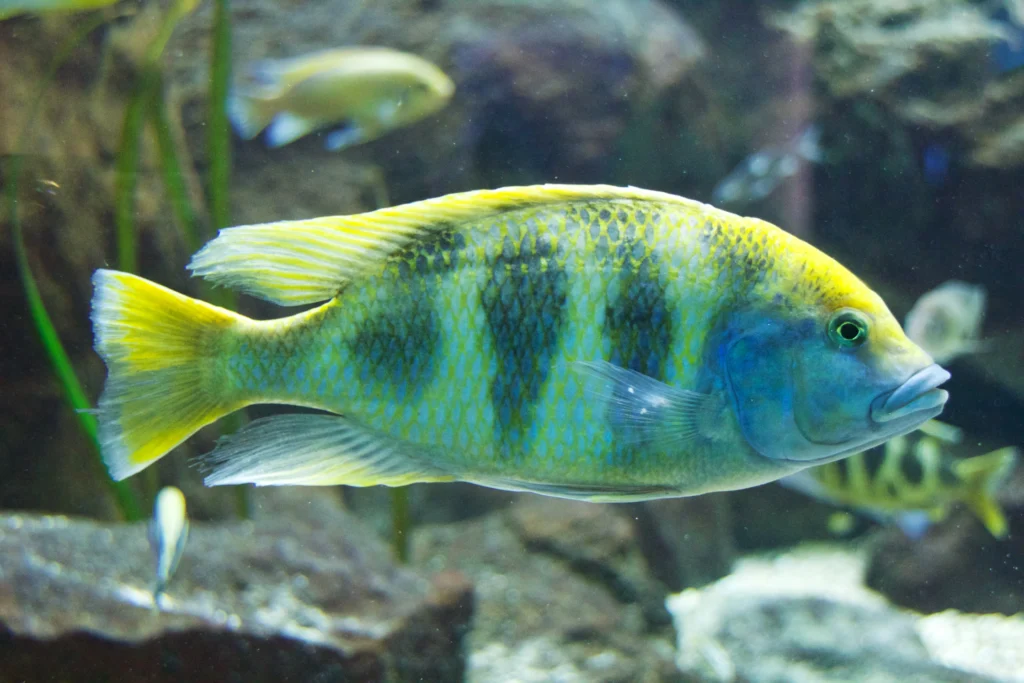
Rare or Less Common Species for Enthusiasts
- Tropheus Species: Tropheus cichlids are endemic to Lake Tanganyika and are prized for their unique color patterns and specialized feeding habits. Due to their specific dietary and water quality requirements, Tropheus species are considered challenging to keep but are highly rewarding for experienced hobbyists.
- Julidochromis Species: Julidochromis cichlids are small, slender fish native to Lake Tanganyika, known for their distinctive black and white striped patterns. These cichlids are often found inhabiting rocky crevices and caves, where they form monogamous pairs and defend their territories vigorously.
- Cyphotilapia Species: Cyphotilapia cichlids, commonly known as Frontosa cichlids, are prized for their majestic appearance and gentle demeanor. Endemic to Lake Tanganyika, Frontosa cichlids are characterized by their prominent forehead humps and bold vertical stripes, making them a captivating addition to large aquarium setups.
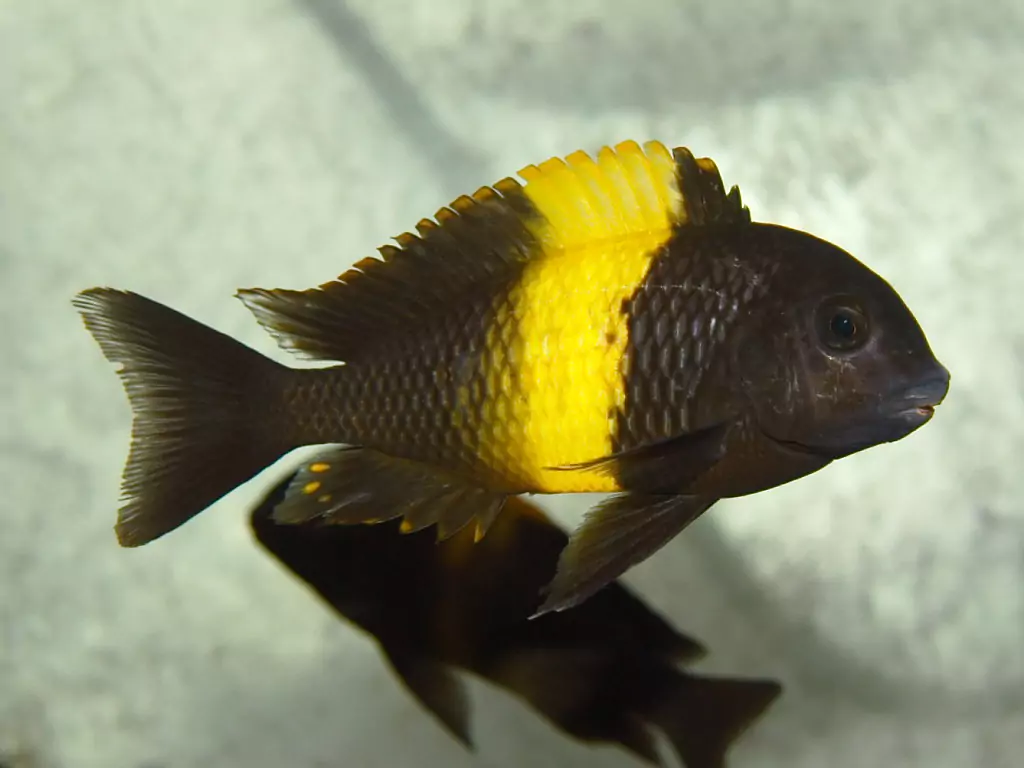
Setting Up an African Cichlid Aquarium
Tank Size and Setup Requirements
African cichlids thrive in spacious aquariums that mimic the expansive environments of their natural habitat. A minimum tank size of 55 gallons is recommended for most African cichlid species, allowing ample space for swimming and territorial behavior. Larger species may require even larger tanks to accommodate their size and social dynamics. Additionally, providing plenty of hiding places and territorial boundaries through the strategic placement of rocks and decor is essential for reducing aggression and promoting natural behaviors.
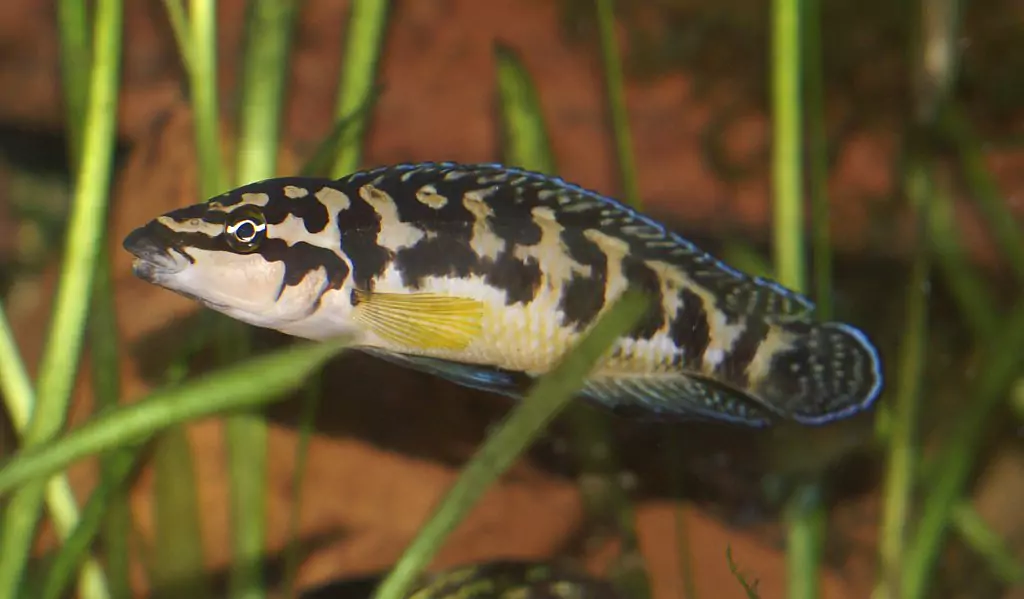
Importance of Proper Filtration and Water Parameters
- Maintaining pristine water quality is paramount to the health and well-being of African cichlids. A robust filtration system capable of handling the biological load produced by these active fish is essential. Consider investing in a high-quality canister or sump filter with mechanical, biological, and chemical filtration capabilities to keep ammonia and nitrite levels in check. Additionally, regular water changes of 20-30% every 2-4 weeks help replenish essential minerals and remove accumulated waste.
- African cichlids thrive in alkaline water conditions with a pH range of 7.8-8.6, reflecting the mineral-rich waters of their native rift lakes. Maintaining stable water parameters, including temperature (75-82°F) and hardness (dH 10-20°), is crucial for supporting healthy growth and vibrant coloration. Utilizing a reliable aquarium thermometer and water testing kit allows for precise monitoring and adjustment of water parameters as needed.
Substrate and Decoration Options to Mimic Their Natural Habitat
- Replicating the rocky, sandy substrates of African rift lakes is key to creating a suitable environment for African cichlids. Choose a substrate that mimics the natural color and texture of the lake bed, such as aragonite sand or crushed coral, to buffer the water pH and maintain stable carbonate hardness. Avoid using fine gravel or sharp-edged substrates that may injure cichlids as they sift through the sand in search of food.
- Incorporating natural rock formations, caves, and driftwood into the aquarium scape provides essential shelter and territorial boundaries for African cichlids. Arrange rocks and decor to create a series of caves, ledges, and hiding spots, allowing cichlids to establish territories and display their natural behaviors. Selecting smooth, rounded rocks free of sharp edges reduces the risk of injury and facilitates easy cleaning and maintenance of the aquarium.
Feeding and Care
Dietary Requirements and Importance of a Varied Diet
African cichlids are omnivorous by nature, consuming a diverse array of foods in their natural habitat. A balanced diet is essential for meeting their nutritional needs and promoting optimal health and vitality. Incorporating a variety of protein-rich foods, such as high-quality cichlid pellets, flakes, and freeze-dried or frozen foods like brine shrimp, bloodworms, and krill, ensures that cichlids receive essential amino acids and vitamins for growth and coloration. Additionally, offering vegetable-based supplements like spirulina flakes, blanched zucchini, and algae wafers provides fiber and essential nutrients to support digestion and prevent malnutrition.
Tips for Feeding African Cichlids
- Feed small, frequent meals throughout the day to mimic the natural feeding behavior of African cichlids and prevent overeating and waste accumulation. Avoid overfeeding, as excess food can lead to water quality issues and obesity-related health problems. Monitor cichlids during feeding sessions to ensure all fish have access to food and adjust feeding amounts accordingly. Consider using feeding rings or target feeding techniques to distribute food evenly and reduce competition and aggression among tankmates.
- Incorporating live foods into the diet of African cichlids provides enrichment and stimulates natural hunting behaviors. Offer live or frozen foods like brine shrimp, bloodworms, and blackworms as occasional treats to supplement their diet and encourage foraging and activity. Additionally, consider growing live aquarium plants like Anubias and Java ferns to provide grazing opportunities and natural shelter for cichlids.
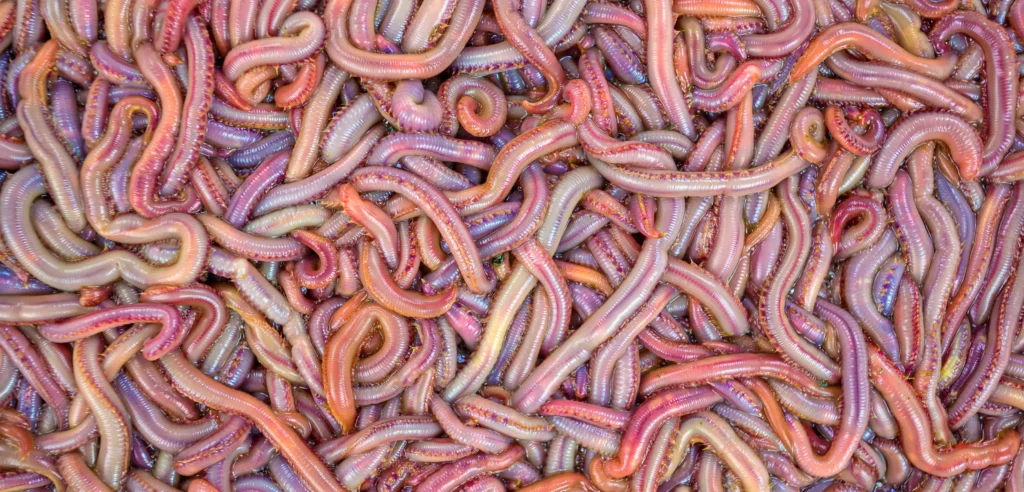
Common Health Issues and Prevention Strategies
- Bloat, caused by overfeeding or consuming indigestible foods, is a common health issue in African cichlids that can lead to bloating, buoyancy problems, and internal organ damage if left untreated. To prevent bloat, feed small, digestible meals and avoid feeding fatty or protein-rich foods excessively. Incorporate fiber-rich vegetables like blanched peas and zucchini into the diet to aid digestion and prevent constipation.
- Aggression is another prevalent issue in African cichlid aquariums, particularly among territorial species and during breeding season. To minimize aggression, provide ample hiding places and territorial boundaries through the strategic placement of rocks and decor. Maintain a balanced male-to-female ratio to reduce competition for mates and establish a harmonious social hierarchy. If aggression persists, consider rearranging decor or separating aggressive individuals to alleviate tension and promote peaceful coexistence.
Tank mates and Compatibility
Compatible Tank mates for African Cichlids
When selecting tankmates for African cichlids, it’s essential to choose species that share similar environmental preferences and temperaments to promote a harmonious aquarium community. Many peaceful species of African cichlids can coexist with compatible tank mates, including peaceful bottom-dwellers like catfish and loaches, as well as non-aggressive species of tetras and barbs. Additionally, consider introducing algae-eating species like plecos and snails to help maintain a clean and balanced ecosystem.

Factors to Consider When Selecting Tankmates
- Size: Choose tank mates that are similar in size to African cichlids to minimize the risk of predation and aggression. Avoid introducing smaller or more delicate species that may be perceived as prey by larger cichlids.
- Temperament: Consider the temperament and social dynamics of both African cichlids and potential tankmates when selecting compatible species. Avoid pairing aggressive or territorial species with timid or peaceful fish to prevent bullying and stress.
- Feeding Habits: Select tankmates with similar dietary requirements to African cichlids to minimize competition for food and reduce aggression. Avoid introducing species that may outcompete cichlids for resources or consume their preferred food items.
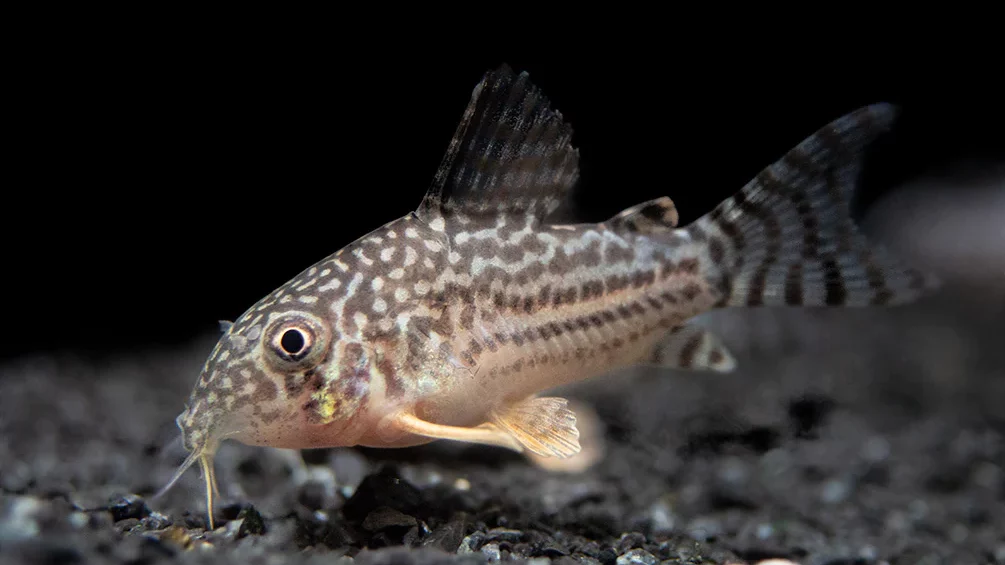
Strategies for Managing Aggression and Territorial Behavior
- Provide Sufficient Hiding Places: Create ample hiding places and territorial boundaries within the aquarium through the strategic placement of rocks, caves, and decor. Establishing territories and refuge areas helps reduce aggression and provides shy or subordinate fish with opportunities to escape aggression.
- Maintain a Balanced Male-to-Female Ratio: Ensure a balanced male-to-female ratio among African cichlids to reduce competition for mates and minimize aggression. Overcrowding or skewed sex ratios can exacerbate territorial disputes and breeding-related aggression.
- Monitor Social Dynamics: Observe the behavior of African cichlids and tank mates closely to identify signs of aggression or territorial disputes. Intervene promptly if aggression becomes excessive, using distraction techniques or rearranging decor to diffuse tension and establish a more equitable social hierarchy.

Breeding African Cichlids
Overview of Breeding Behavior and Techniques
African cichlids are renowned for their intricate breeding behaviors and fascinating courtship rituals, which vary among species but often involve elaborate displays of color, fin-flaring, and courtship dances. To encourage breeding, create optimal environmental conditions within the aquarium, including appropriate water parameters, sufficient hiding places, and a balanced male-to-female ratio. Additionally, provide high-quality nutrition and incorporate live foods into the diet to stimulate reproductive activity and enhance spawning readiness.
Tips for Creating Breeding Conditions in the Aquarium
- Mimic Natural Habitat: Replicate the natural breeding conditions of African cichlids within the aquarium by providing suitable substrate, decor, and water parameters. Many species of cichlids prefer spawning on flat rocks or in caves, so incorporate smooth, flat surfaces or artificial spawning sites to encourage successful breeding.
- Maintain Stable Water Parameters: Ensure that water parameters, including temperature, pH, and hardness, remain stable and within the optimal range for breeding. African cichlids often prefer slightly warmer water temperatures and alkaline pH levels reflective of their native rift lake environments.
Caring for Fry and Raising Them to Adulthood
- Protecting Eggs and Fry: Once breeding occurs, African cichlids typically exhibit parental care behaviors, with both parents participating in guarding and caring for the eggs and fry. Avoid disturbing the breeding site or handling the eggs excessively to minimize stress and prevent predation. Provide ample hiding places and cover for fry to seek refuge and avoid predation from adult cichlids.
- Feeding Fry: After hatching, fry initially feed on their yolk sac reserves before transitioning to external feeding. Offer small, nutritious foods such as baby brine shrimp, crushed flakes, and powdered fry food to ensure adequate nutrition and promote healthy growth. Frequent, small feedings throughout the day help sustain fry and minimize competition for food.
- Gradual Acclimation: As fry grow and develop, gradually acclimate them to larger food items and coarser textures to encourage natural feeding behaviors and stimulate growth. Monitor water quality closely and perform regular water changes to maintain optimal conditions for fry development and minimize stress-related health issues.
Common Misconceptions and Myths
Myth 1
- Myth: All Cichlids are Aggressive
- Reality: While some species of cichlids, particularly those from Lake Malawi, are known for their territorial behavior and aggression, not all cichlids exhibit aggressive tendencies. Many African cichlids, such as Peacock cichlids and certain species of Tanganyikan cichlids, are relatively peaceful and can coexist harmoniously with compatible tank mates in a well-established aquarium community. By selecting species with compatible temperaments and providing ample hiding places and territorial boundaries, aquarists can mitigate aggression and promote a peaceful aquarium environment.
Myth 2
- Myth: African Cichlids Require Brackish Water
- Reality: African cichlids are freshwater fish native to the rift lakes of East Africa, where they inhabit alkaline, mineral-rich waters with stable pH and hardness levels. Unlike some species of cichlids that inhabit brackish or saltwater environments, African cichlids thrive in pure freshwater conditions and do not require the addition of salt or brackish water to their aquariums. Maintaining stable water parameters, including alkaline pH (7.8-8.6) and hardness levels reflective of their native habitats, is crucial for the health and well-being of African cichlids.
Myth 3
- Myth: African Cichlids Can Only Be Kept with Other African Cichlids
- Reality: While African cichlids are often kept in species-specific aquarium setups to minimize aggression and territorial disputes, they can coexist with certain non-cichlid species in a well-planned community tank. Selecting compatible tankmates with similar environmental preferences and temperaments, such as peaceful bottom-dwellers and non-aggressive species of tetras and barbs, allows for the creation of a diverse and harmonious aquarium community. By carefully researching and selecting compatible species and providing sufficient hiding places and territorial boundaries, aquarists can successfully maintain a mixed-species aquarium featuring African cichlids and other freshwater fish.
Myth 4
- Myth: African Cichlids Are Difficult to Keep
- Reality: While African cichlids have specific care requirements and can be sensitive to water quality fluctuations, they are not inherently difficult to keep when provided with appropriate environmental conditions and proper care. By understanding the natural behaviors and habitat preferences of African cichlids, aquarists can create a suitable aquarium environment that promotes their health, well-being, and natural behaviors. Regular maintenance, including water changes, filtration maintenance, and monitoring water parameters, is essential for ensuring the long-term success of an African cichlid aquarium.
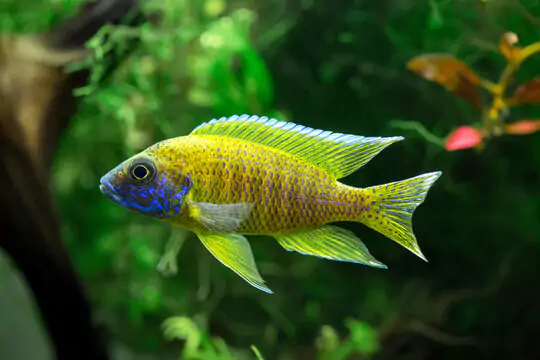
Conclusion
In conclusion, African cichlids stand as captivating additions to any aquarium, boasting vibrant colors, varied behaviors, and fascinating breeding dynamics. Throughout this guide, we’ve explored the diverse world of African cichlids, from their natural habitats in the rift lakes of East Africa to essential care tips for maintaining a thriving aquarium community. By understanding their unique needs and behaviors, aquarists can create enriching environments that showcase the beauty and complexity of these remarkable fish. We encourage readers to delve deeper into the world of African cichlids, sharing their own experiences and insights while fostering a community of passionate enthusiasts. Whether you’re a seasoned hobbyist or just starting your journey into the world of aquarium keeping, there’s always more to learn and discover about these captivating creatures. We invite you to leave your comments, questions, and stories below, and together, let’s continue to explore and celebrate the wonders of African cichlids.
Additional Resources
Authoritative Books
- The Cichlid Aquarium by Paul V. Loiselle: This comprehensive guide offers valuable insights into the care, breeding, and species-specific information for a wide range of African cichlids.
- Lake Malawi Cichlids by Mark Smith: Dive deep into the fascinating world of Lake Malawi cichlids with this informative guide, covering everything from habitat replication to breeding techniques.
- Lake Tanganyika Cichlids by Mark Smith: Explore the unique ecology and diversity of Lake Tanganyika cichlids with this comprehensive resource, featuring practical advice on aquarium setup, species selection, and care.
Recommended Products
- API Freshwater Master Test Kit: Ensure precise monitoring of water parameters with this comprehensive test kit, essential for maintaining optimal water quality for African cichlids.
- Fluval FX6 Canister Filter: Experience superior filtration performance and reliability with the Fluval FX6 canister filter, ideal for large aquarium setups housing African cichlids.
- Omega One Super Color Cichlid Pellets: Provide your African cichlids with a nutritious and balanced diet with Omega One Super Color Cichlid Pellets, formulated to enhance coloration and promote overall health.
Frequently Asked Questions (FAQs)
1. Are African cichlids aggressive fish?
While some species of African cichlids can exhibit territorial and aggressive behaviors, not all cichlids are inherently aggressive. Many factors, including species, gender, tank size, and environmental conditions, influence cichlid aggression. Proper tank setup, including ample hiding places and territorial boundaries, can help mitigate aggression among African cichlids.
2. What is the ideal tank setup for African cichlids?
African cichlids thrive in spacious aquariums with appropriate filtration, water parameters, and decor that mimic their natural habitat. A minimum tank size of 55 gallons is recommended for most African cichlid species, with rocky substrates, caves, and hiding places to provide territorial boundaries and refuge.
3. What do African cichlids eat?
African cichlids are omnivorous and require a balanced diet consisting of high-quality pellets, flakes, and live or frozen foods. Offer a variety of protein-rich foods such as brine shrimp, bloodworms, and krill, along with vegetable supplements like spirulina flakes and blanched vegetables. Avoid overfeeding and provide small, frequent meals to prevent digestive issues.
4. Can African cichlids be kept with other fish?
African cichlids can coexist with compatible tank mates in a well-planned aquarium community. Select peaceful species with similar environmental preferences and temperaments to minimize aggression and territorial disputes. Avoid pairing African cichlids with small or delicate fish that may be perceived as prey.
5. How do I breed African cichlids in my aquarium?
Breeding African cichlids requires creating optimal breeding conditions within the aquarium, including appropriate water parameters, spawning sites, and a balanced male-to-female ratio. Many species exhibit complex courtship rituals and parental care behaviors, with both parents participating in guarding and caring for the eggs and fry. Providing suitable hiding places and ample cover for fry is essential for their survival and development.


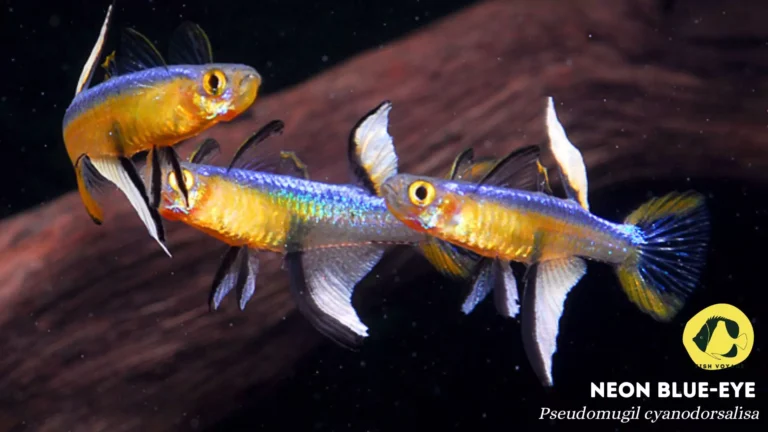
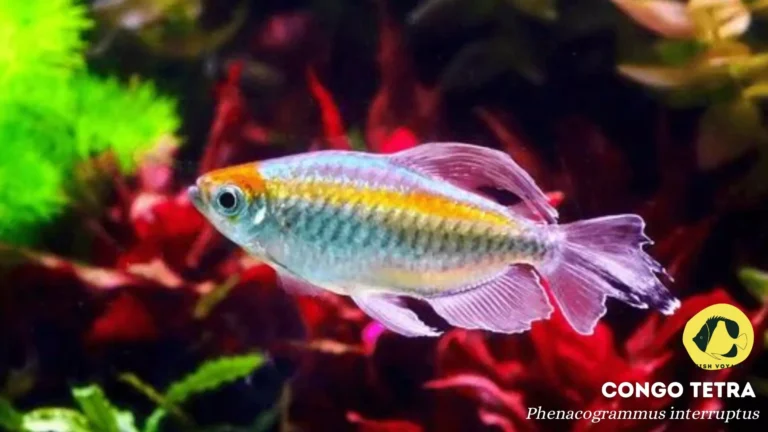
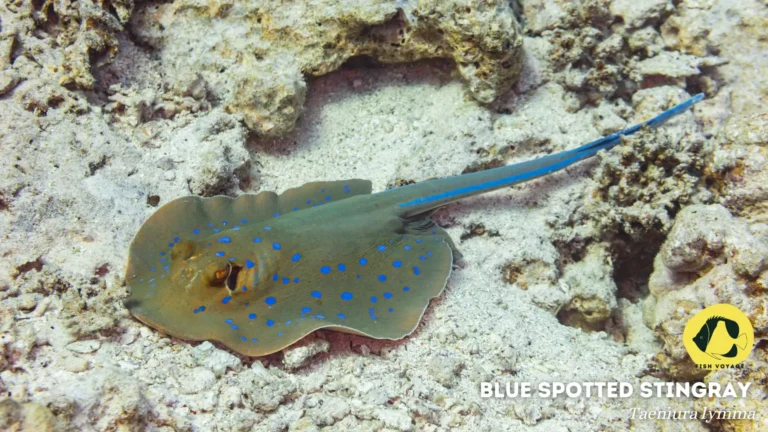
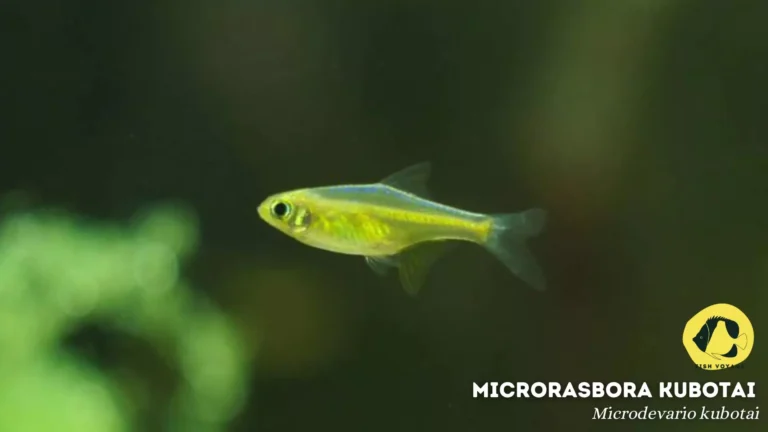
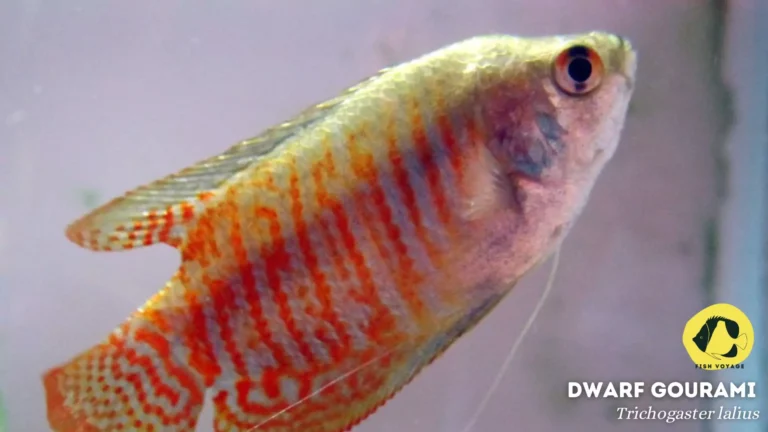
Hi i think that i saw you visited my web site thus i came to Return the favore I am attempting to find things to improve my web siteI suppose its ok to use some of your ideas